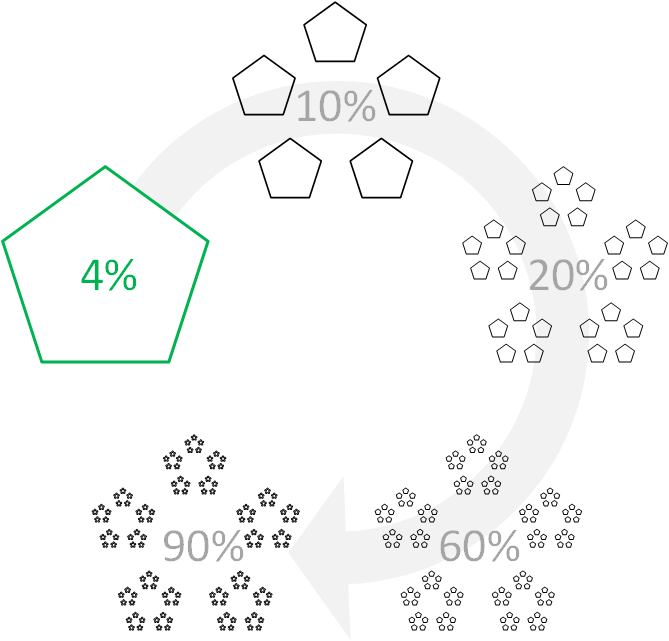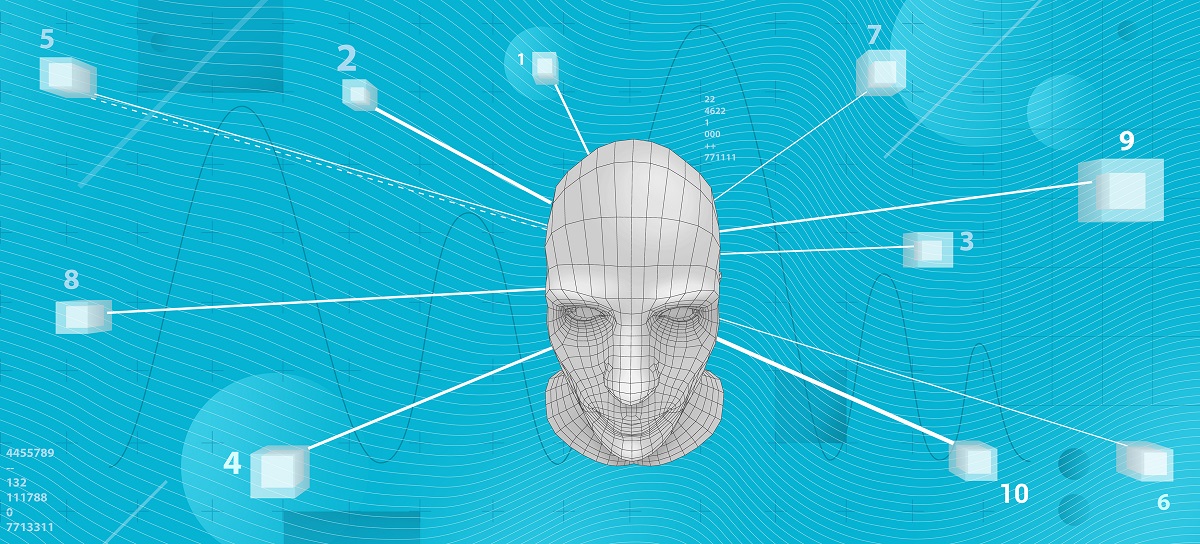Quintet instead of Byte — data storage and retrieval approach
13 min
Quintet is a way to present atomic pieces of data indicating their role in the business area. Quintets can describe any item, while each of them contains complete information about itself and its relations to other quintets. Such description does not depend on the platform used. Its objective is to simplify the storage of data and to improve the visibility of their presentation.

We will discuss an approach to storing and processing information and share some thoughts on creating a development platform in this new paradigm. What for? To develop faster and in shorter iterations: sketch your project, make sure it is what you thought of, refine it, and then keep refining the result.
The quintet has properties: type, value, parent, and order among the peers. Thus, there are 5 components including the identifier. This is the simplest universal form to record information, a new standard that could potentially fit any programming demands. Quintets are stored in the file system of the unified structure, in a continuous homogeneous indexed bulk of data. The quintet data model — a data model that describes any data structure as a single interconnected list of basic types and terms based on them (metadata), as well as instances of objects stored according to this metadata (data).

We will discuss an approach to storing and processing information and share some thoughts on creating a development platform in this new paradigm. What for? To develop faster and in shorter iterations: sketch your project, make sure it is what you thought of, refine it, and then keep refining the result.
The quintet has properties: type, value, parent, and order among the peers. Thus, there are 5 components including the identifier. This is the simplest universal form to record information, a new standard that could potentially fit any programming demands. Quintets are stored in the file system of the unified structure, in a continuous homogeneous indexed bulk of data. The quintet data model — a data model that describes any data structure as a single interconnected list of basic types and terms based on them (metadata), as well as instances of objects stored according to this metadata (data).



 Many programmers struggle when using formal methods to solve problems within their programs, as those methods, while effective, can be unreasonably complex. To understand why this happens, let’s use the
Many programmers struggle when using formal methods to solve problems within their programs, as those methods, while effective, can be unreasonably complex. To understand why this happens, let’s use the 







 So, what is the difference? How to be prepared for this interview? Let’s be non-abstract, and use an example. To be more non-abstract, let’s take something from the material world, such that you won’t be asked the exact same thing at the real interview (at least, not at the Google interview) :)
So, what is the difference? How to be prepared for this interview? Let’s be non-abstract, and use an example. To be more non-abstract, let’s take something from the material world, such that you won’t be asked the exact same thing at the real interview (at least, not at the Google interview) :)